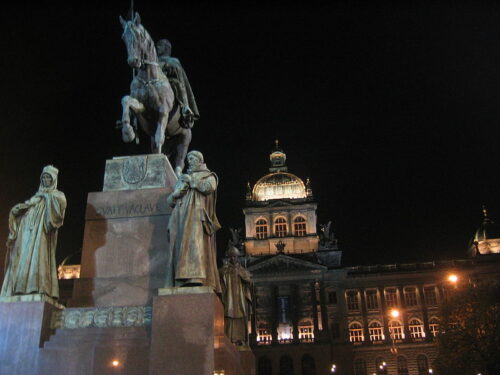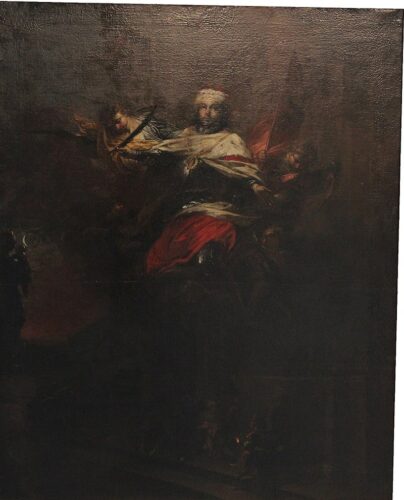Childhood
The first masonry on the site of the castle appears towards the end of the 9th century with the first walled building being that of the Church of the Virgin Mary. The church was built by Prince Borivoj I, head of the Premyslids who ruled Central Bohemia under the over-lordship of the King of Moravia Svatopluk I. Prince Borivoj I had become a fervent Christian after his baptism by Saint Methodius of Thessaloniki around 883.
The new castle became the permanent seat of Prince Borivoj I who controlled the Vltava basin until he died in 890. Borivoj’s son Spytihněv I, managed to take Central Bohemia from the hands of his overlord King Svatopluk I of Great Moravia who had briefly taken control after Borivoj’s death.

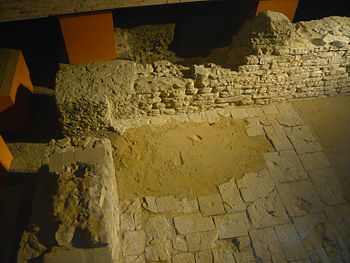

Spytihněv I managed to take control after swearing allegiance to the East Frankish King Arnulf of Carinthia. The pact with the East Frankish Kingdom protected Bohemia from the ravages of the invading Magyars and paved the way for the eventual triumph of Roman Catholicism in Czech spiritual affairs.
Prague castle was extended as the administrative center of the rising Premyslid duchy with St. George’s Basilica the second church built on the site around 920 AD while at the same time a new settlement started to form at the feet of the hill castle.
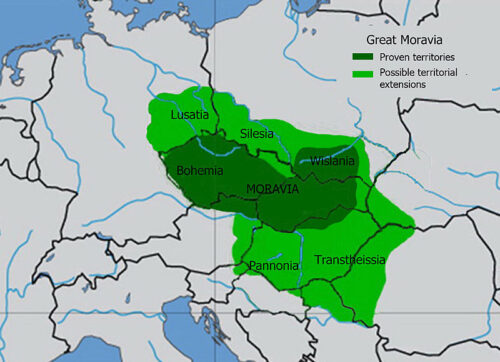

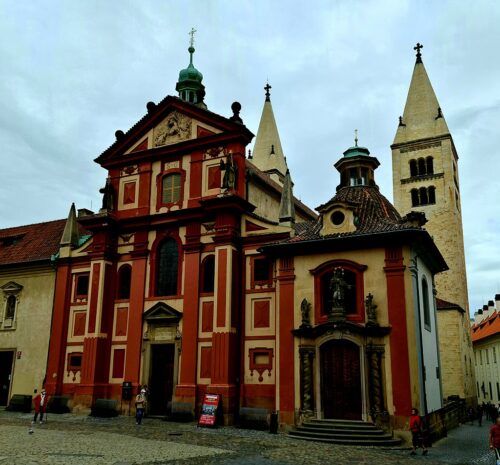
In 921 AD the ruling duke Vratislaus I was buried in the newly erected St. George’s Basilica at Prague Castle while his son Wenceslaus I (later elevated to sainthood, patron saint of the Czech state) took the helms of the duchy. The latter is the one who built the Romanesque rotunda dedicated to St. Vitus that would evolve into St. Vitus Cathedral, the most important cathedral in the history of the Czech nation.
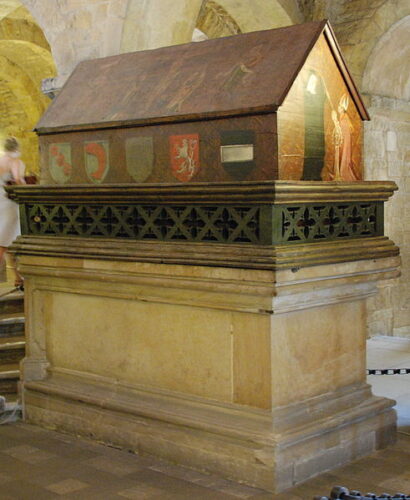
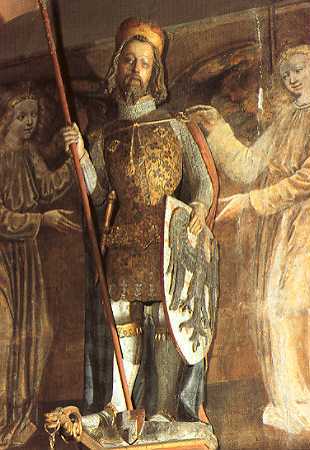

Wenceslaus I’s piety, his assassination after a plot in which his brother Boleslav I played a key role, and the biographies/hagiographies that came in circulation soon after his death, contributed to the conceptualization of the idea of the righteous king in the Middle Ages. The Wenceslaus Cult was born in Bohemia and reached England, leading to the canonization of the Czech king soon after his death and his idealization through stories like Good King Wenceslas, a Christmas carol, written 900 years after his death.
